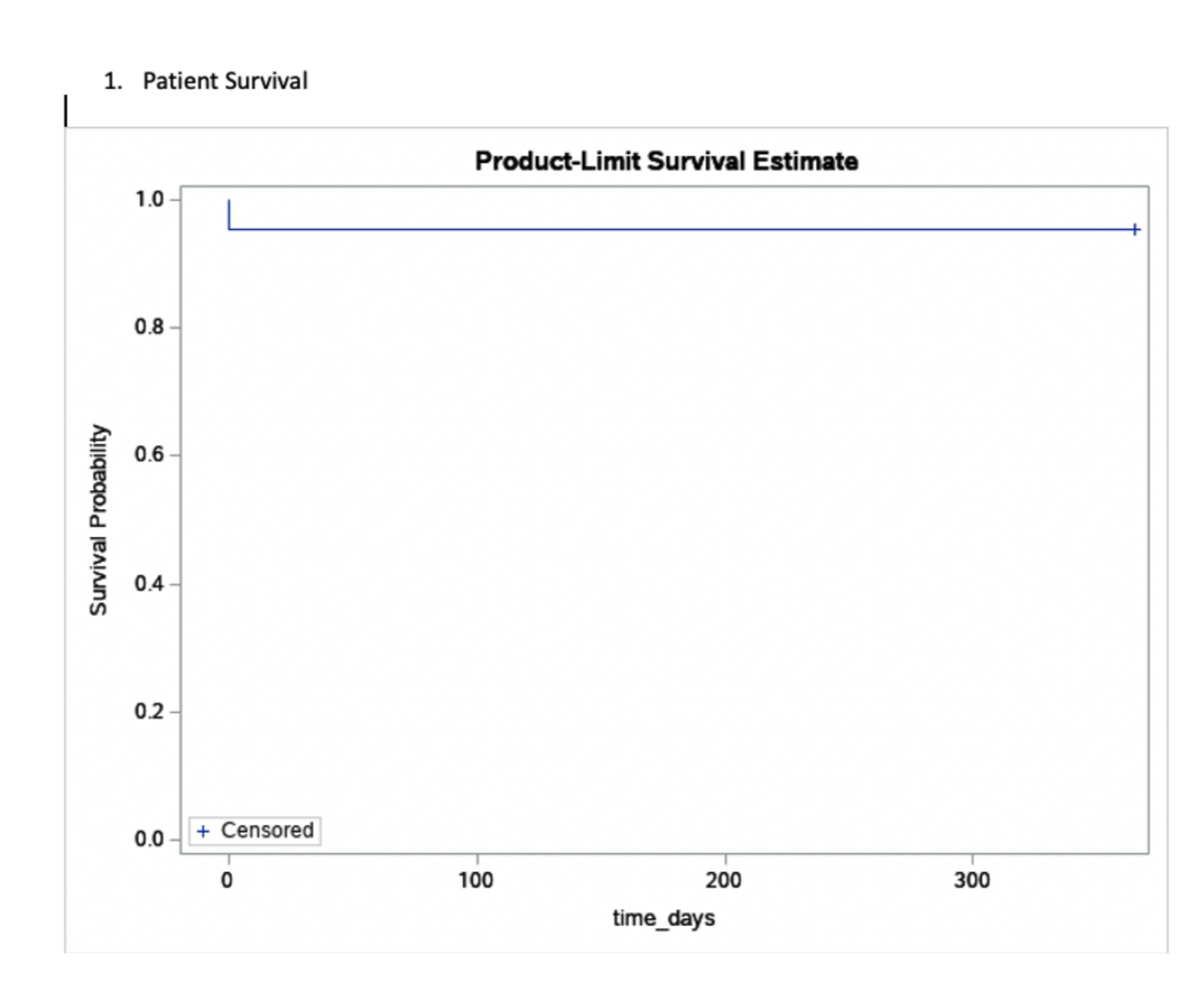Steroid-Free Living Donor Liver Transplantation Using Rabbit Antithymocyte Globulin Induction Reduces Incidence of Acute Cellular Rejection
1James D Eason Transplant Institute, Memphis, TN, 2University of Tennessee/Methodist Transplant Institute, Memphis, TN
Meeting: 2022 American Transplant Congress
Abstract number: 1772
Keywords: Antilymphocyte antibodies, Living donor, Rejection
Topic: Clinical Science » Liver » 58 - Liver: Living Donor Liver Transplant and Partial Grafts
Session Information
Session Name: Liver: Living Donor Liver Transplant and Partial Grafts
Session Type: Poster Abstract
Date: Tuesday, June 7, 2022
Session Time: 7:00pm-8:00pm
 Presentation Time: 7:00pm-8:00pm
Presentation Time: 7:00pm-8:00pm
Location: Hynes Halls C & D
*Purpose: The efficacy of steroid-free immunosuppression protocols using rabbit antithymocyte globulin (RATG) induction with tacrolimus minimization has previously been described in deceased donor liver transplantation. However, rabbit antithymocyte globulin (RATG) induction with tacrolimus minimization has not been described in a large cohort of living donor liver transplant recipients. Steroid avoidance in liver transplantation has been found to reduce post transplant morbidity, including reducing the incidence of cytomegalovirus infection and post-transplant diabetes. The purpose of this abstract is to examine a steroid-free induction protocol in a large living donor liver transplant cohort.
*Methods: The outcomes of 22 consecutive living donor liver recipients who underwent transplantation at a single center in the current era (2016-2021) and who received RATG induction with only a single dose of methylprednisolone, given prior to the first dose of RATG are examined. Mycophenolate mofetil was initiated perioperatively with delayed initiation of tacrolimus. Sirolimus replaced tacrolimus if serum creatinine remained above 2.0mg/dL by postoperative day 7. Patients were weaned to tacrolimus or sirolimus monotherapy at 6 months. Differences between groups were evaluated by means of two proportions z-test. All analyses were performed using SAS version 9.4.
*Results: The most common causes of liver failure in the living donor cohort were nonalcoholic steatohepatitis (26%), autoimmune hepatitis (21%), and hepatocellular carcinoma (21%). 68% of recipients were female. Recipients’ mean age was 56 years ± 9.6. 73% received right lobes. Mean natural Model for End Stage Liver Disease – Sodium (MELD-Na) was 17±6.5 (range 6-29). One year patient survival was 94.7 %, as compared to 89% in the multi-institutional A2ALL trial (p=0.22). Death censored one year graft survival was 88.9%. Biopsy proven allograft rejection was 5.3% during the first-year post-transplant, as compared to 26% in A2ALL (p=0.02). No living donor recipient required steroid taper for treatment of biopsy-proven rejection.
*Conclusions: This is the largest reported series of living donor liver recipients using a steroid-free protocol with RATG induction demonstrating excellent outcomes and low rates of acute cellular rejection.
To cite this abstract in AMA style:
Eymard C, Naik S, Eason J. Steroid-Free Living Donor Liver Transplantation Using Rabbit Antithymocyte Globulin Induction Reduces Incidence of Acute Cellular Rejection [abstract]. Am J Transplant. 2022; 22 (suppl 3). https://atcmeetingabstracts.com/abstract/steroid-free-living-donor-liver-transplantation-using-rabbit-antithymocyte-globulin-induction-reduces-incidence-of-acute-cellular-rejection/. Accessed December 10, 2025.« Back to 2022 American Transplant Congress

